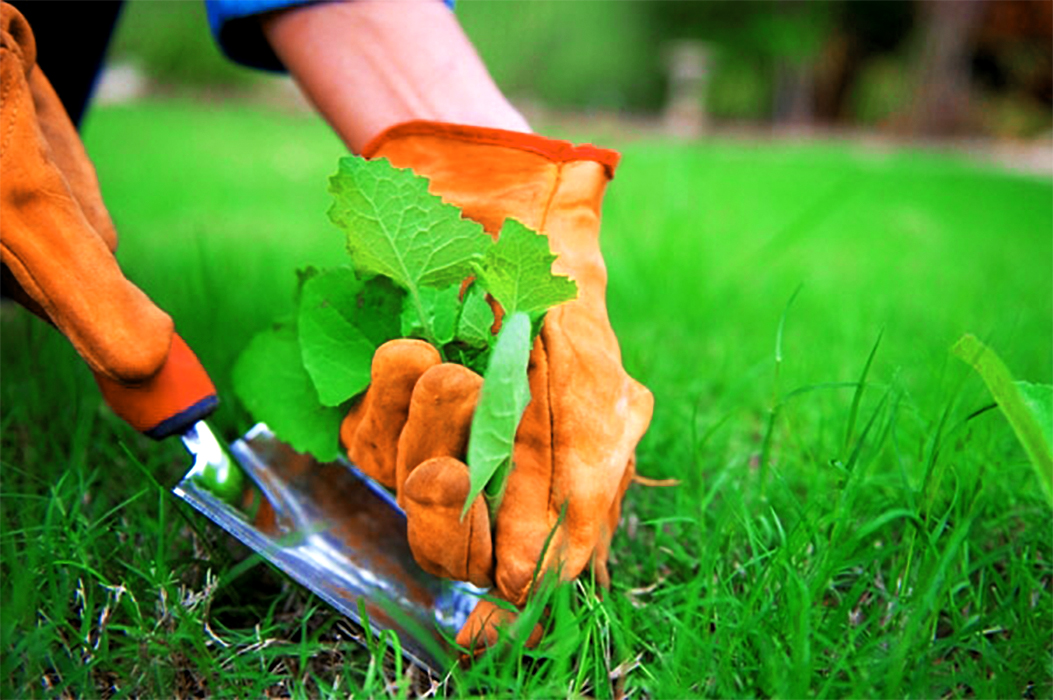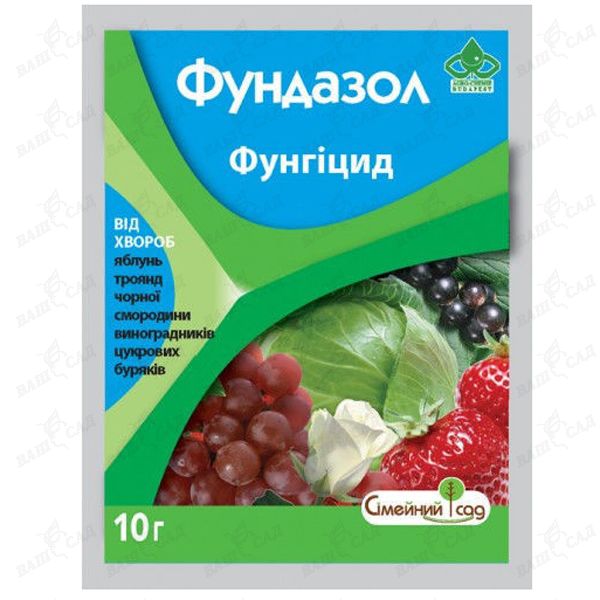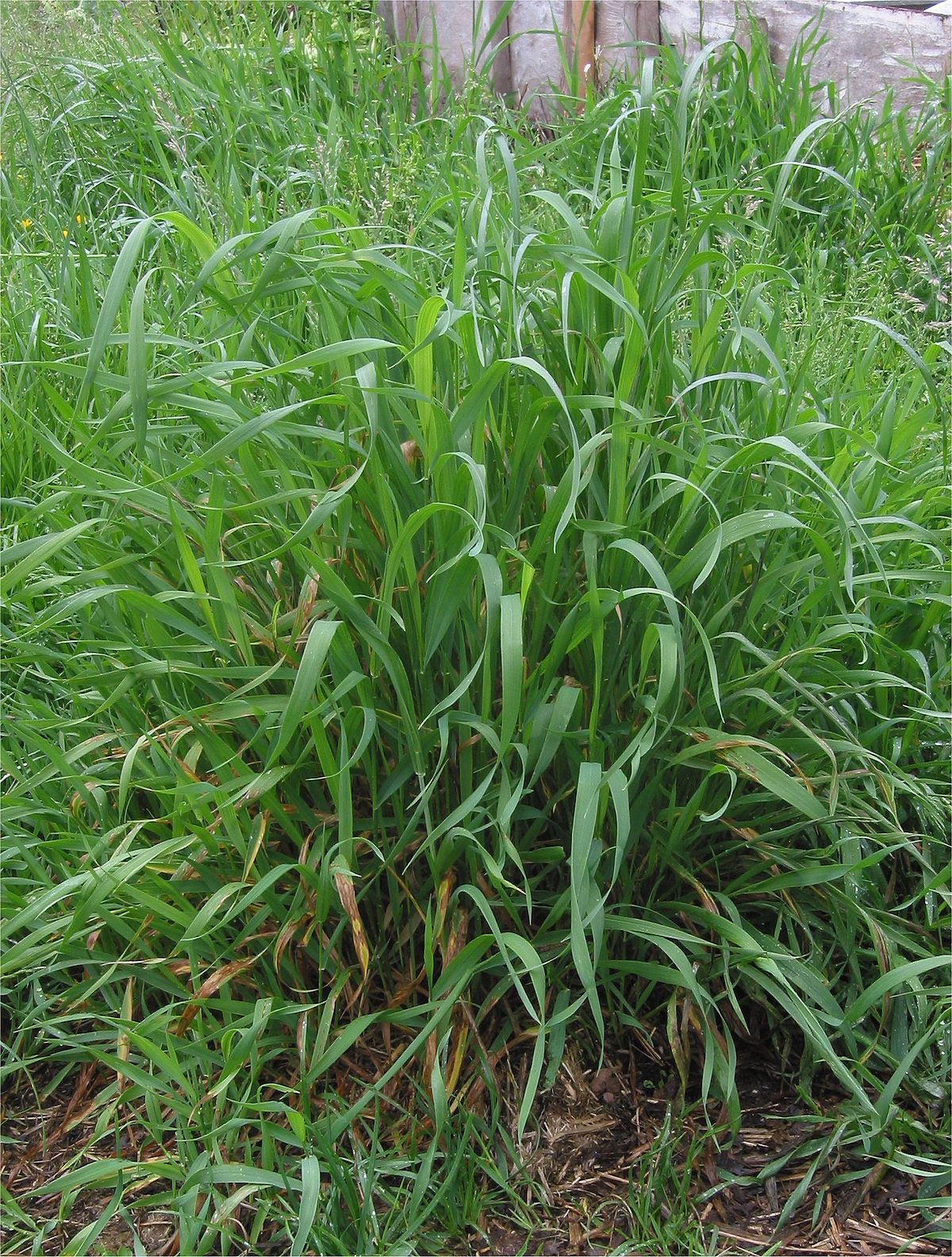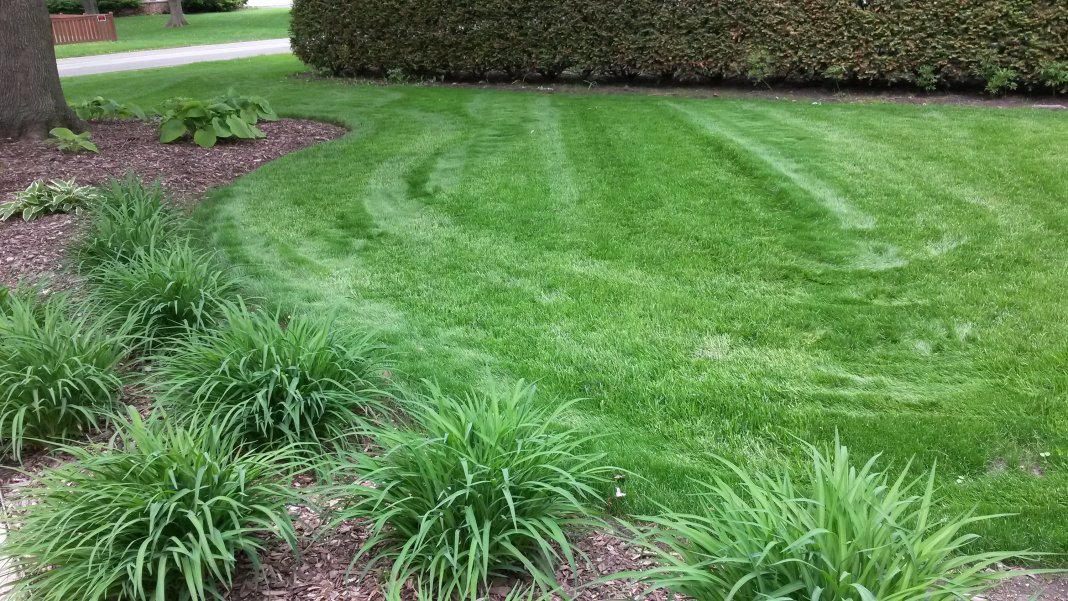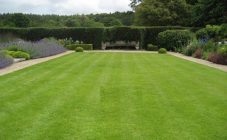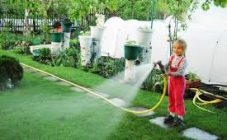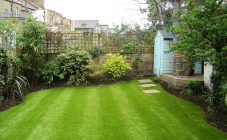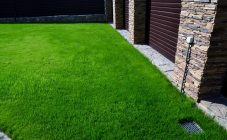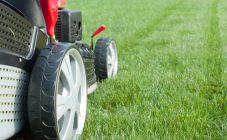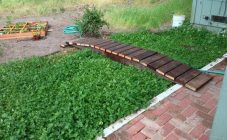Content:
Bald spots, even the smallest ones, stand out sharply against the green background of the lawn. Grass within the line of bald spots is scarce, lifeless, brown, yellow or brown in color, or even absent.
The main reasons for the appearance of bald spots on the lawn
Bald spots can occur for several reasons:
- Excessive amount of applied fertilizer. The lawn was simply "overfed" or done wrong. All dressings are in themselves a concentrate that acts on the delicate foliage like a burn. Especially you should not overdo it with nitrogen and iron.
- Damage to the bottom layer by the lawn mower. Blades that are too sharp and too low will damage the grass near the roots. When stressed and trying to recover, it turns yellow.
- Isolation of any animals. The excrement that gets on the plants chemically reacts with nitrogen, causing burns, causing the grass to die off and may not grow back.
- Contact with chemical liquids on the plant. Products containing oil and some other corrosive substances can spoil the appearance of the lawn.
- Lack of water. Drought affects most types of lawn grass.
- Long rainy weather. Excessive moisture damages plants. If the sod is not breathable, the grass will start to rot.
- Any diseases. Infectious, viral, fungal. The restoration of the lawn after illness takes a long time.
- Lack of vitamins and minerals.
To eliminate the reason why ugly spots appeared on the lawn, you need to understand exactly why bald spots appeared. The owners know what is happening in their own area, so if you think carefully and remember what actions have been performed recently, you can certainly compare cause and effect.
What to do if there are bald spots on the lawn?
If the stains are caused by excessive fertilization, you should wait for some time with fertilizing. During the season (from spring to late autumn), it is recommended to feed the grass no more than 3-4 times.
If the lawn did not have enough moisture, you will need to water more often from now on. Most varieties of lawn grass require regular watering. If the owners do not have the opportunity to irrigate the lawn as often as required, you should think about an automatic irrigation system in order to restore the water balance.
The wrong type of lawn grass often causes a poor lawn appearance. There are both light-loving and shade-loving varieties of herbs. And there are also unpretentious herbs that do not care where to grow. Before sowing seeds, you should think about what kind of grass is suitable for a particular place.
Domestic and wild animals can run into the lawn and spoil it with their waste. To prevent this from happening, you need to thoroughly water the lawn after treatment with preparations containing nitrogen. You can also install ultrasonic animal scarers.
Decaying debris on the surface of the lawn or under the turf can cause damage to it. Chemicals are also harmful. You should keep the area clean and try not to spill any corrosive liquids on the grass, do not refuel the mower or other devices on the grass.
Poor site preparation before planting will inevitably lead to problems. Poorly dug soil can cause the appearance of places devoid of fertile soil. In such areas, the grass will begin to die off. If the seeds were poorly dug in the ground, birds or rodents could collect them - as a result, the lawn grows unevenly.
Incorrect calculation - and the lawn is not the same. It is imperative to calculate the required amount of seeds in accordance with the instructions (approximately 40 grams per 1 sq. M).
Poor quality seeds, which have already expired, often cause poor germination.
If the grass rots at the base and turns black, it is most likely garden rot (black leg). If you notice, you urgently need to treat the lawn with Fundazol.
How to sow a lawn
The best time to overseed a damaged lawn is spring. But if necessary, you can do this in summer and autumn.
Before sowing the lawn into bald patches, you need to work with the soil. The piece of sod on which the damaged grass grew is carefully trimmed. The soil is loosened deeply. Loosening should be as deep as possible; special gardening tools (rake, cultivator) are suitable for this.
After all the manipulations, the soil is lightly compacted, and seeds are planted in it. After planting the seeds, they need to be sprinkled with earth a little and tamped.
How to update your lawn urgently
You can replace the sod. This will require a piece of new turf with healthy grass. Such a piece can be carefully cut off from the edge of the existing one or taken from some other place (buy or ask neighbors or friends).
For convenience, a section of damaged turf is cut out in a square or rectangle. The soil is loosened, new sod is laid. The slots on all sides are sprinkled with earth. The new turf is watered daily until it takes root.
How to sow grass on a growing lawn
If there are areas on the lawn where grass rarely grows, you need to sow them. The bald spots are loosened with a rake to a depth of 2 cm. Next, a mixture of seeds and good, fertile soil is prepared. Two parts of the earth and one part of the seeds are taken, everything mixes well and evenly fits into the bald patches. After laying, the sown places are watered with water from a watering can. For two weeks after sowing, the sown areas are irrigated daily.
Gardeners are often interested in how to reanimate a lawn with a lot of grass and bald spots? To do this, you will need to perform a set of certain actions, namely, combing, mowing, aerating, digging in places where bald spots are too large and where the grass grows too dense mounds, fertilizing, sowing seeds, and subsequent proper lawn care. All this must be done in one season, and the next year the lawn will change noticeably.
Features of lawn care after its "restoration"
If, after the repair, the weather deteriorates, rains and hurricanes have come, you can cover the repaired places with breathable material (burlap or damp paper). When the first shoots of new grass start, the shelter can be removed.
How to sow lawn grass in the fall
This can be done without waiting for cold weather and frost.One way is to completely cut out bald patches with turf, another method is to cut the damaged grass as low as possible, loosen the soil so that it becomes soft, remove stones, weeds, and other debris. Then the soil from the compost heap is mixed with sand, in a ratio of 2: 1, covered in bald spots, then sown with a variety of the same grass that grows on the lawn.
After sowing the grass, it is imperative to add phosphorus and potassium fertilizers. Phosphorus and potassium are part of many complex mineral fertilizers sold in stores. Potassium is also found in wood ash, while phosphorus is found in manure and compost.
Before winter, it is recommended to sprinkle even an ideal lawn with fertile soil, especially one that has been lying for more than 8 years. For 8-10 years, the soil under the sod is greatly depleted and requires regular feeding.
How to restore a lawn without digging
The easiest and quickest way to rebuild your lawn is to cover a piece of new lawn with ready-made turf and green growing grass on it. First you need to cut out a section of the old lawn along with the turf.
How to update a lawn without digging up the old one? There are 2 ways to restore a lawn with bald spots, allowing you not to dig up the ground:
- The first method involves cutting out the damaged piece along with the turf. The earth mixes with sand, fits into a hole. They sow seeds, add earth to them, water them.
- The second method is simpler, but does not guarantee one hundred percent engraftment and good germination. A piece of bald patch is well trimmed and combed out. On top of the sod they put earth mixed with sand, then sow seeds, which are slightly sprinkled with soil. Everything is compacted and poured with water.
So that the lawn sown in the fall still takes root and is not gnawed by birds and destroyed by frosts, you can cover the restored areas with peat mixed with sand or compost for the winter.
If bald spots are found, there is no need to delay overseeding, because the sooner all the flaws are eliminated, the faster the lawn will acquire a decorative look. And so that bare areas do not appear again, you need to properly care for the lawn grass.
